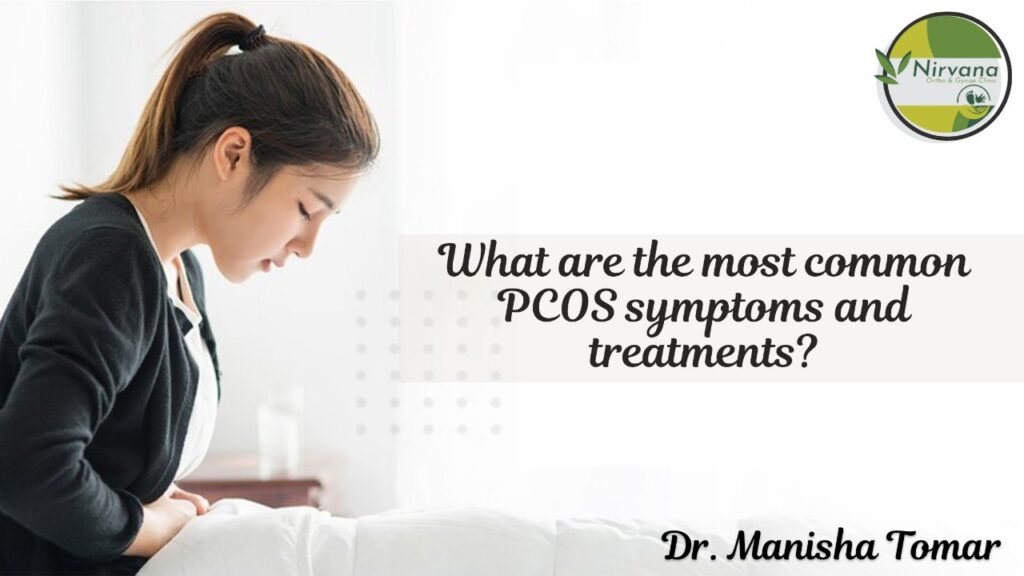The most prevalent hormonal condition affecting women of reproductive age—those whose periods start before menopause and continue beyond menopause—is polycystic ovary syndrome (PCOS). This age group affects 8–13% of women or one in every ten. It can also involve more people who belong to high-risk groups, like Native American, Asian, North African, and Caucasian European women.
According to the Best Gynaecologist for pregnancy in Noida, Baldness and hair growth on the face and body are additional effects of PCOS. It can also make chronic health issues like diabetes and heart disease worse.
Birth control pills and diabetes medications can correct the hormone imbalance and alleviate symptoms (which treat insulin resistance, a characteristic of PCOS).
Symptoms
Irregular Periods: PCOS is frequently characterized by irregular or infrequent menstrual cycles.
A surplus of androgen. Excessive body and facial hair may come from high androgen levels.
Hirsutism: Male-pattern baldness and severe acne can also occur sometimes.
Hair expansion: With this illness, more than 70% of women develop hair on their face and body, including on their back, abdomen, and chest.
Acne: Male hormones can cause the skin of the face, chest, and upper back to become more oily than usual, resulting in outbreaks.
Baldness with a male pattern: The hair on the scalp could start to fall out or thin out.
Skin tone darkening: Dark patches of skin can form in body crevices, including those on the neck, in the crotch, and under the breasts.
How is PCOS identified?
- Levels of testosterone
- Levels of LH.
- Fasting glucose levels (blood sugar)
- Levels of lipids/cholesterol
- Prolactin concentration
- Test for pregnancy
- Thyroid hormone concentrations
- Ovarian imaging to search for cysts
You must visit a doctor if you think you could have PCOS. Early identification might lessen PCOS’s possible long-term health consequences and assist in managing the condition’s symptoms.

